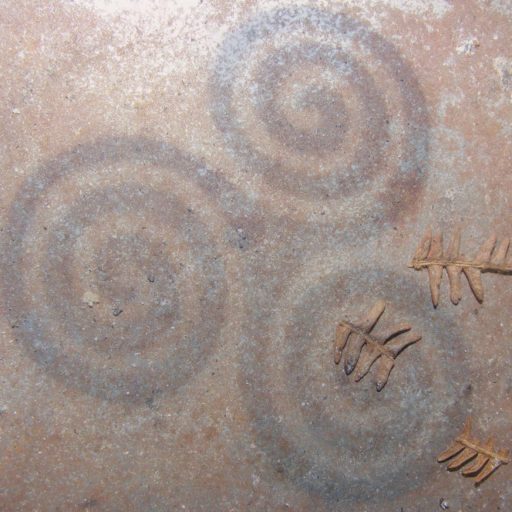Storytelling and Community Philosophy
Làn fhìrinn na sgeòil . The truth is in the story
Folk Tales, Myths and Legends shared, then explored within an inclusive community, to help us better know our selves.
Innovative, carbon based, payment options.
Tha fios agad fhèin

Iain – knowyourself@live.co.uk

